Affiliate links on Android Authority may earn us a commission. Learn more.
How did Lenovo go from high-flyer to failure so fast?
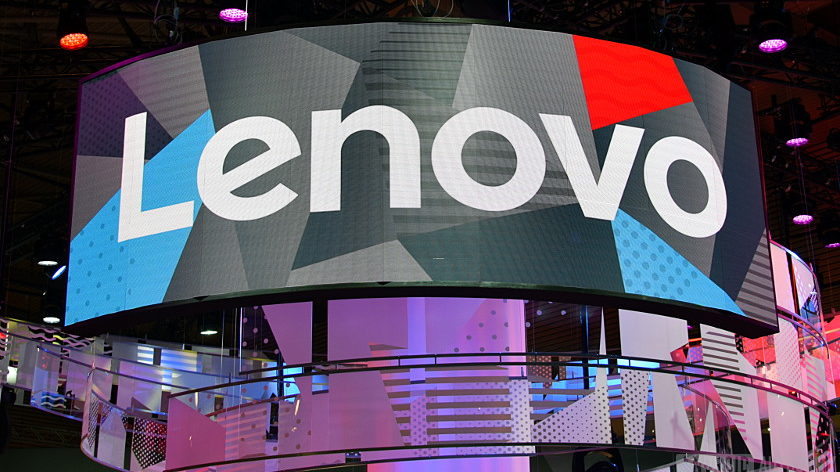
Lenovo was once a rising star of the mobile industry, seemingly with the capabilities and budget to be as successful in the smartphone market as in the laptop game. Nobody thinks that anymore. Lenovo’s market share struggles to register on any metrics, and it’s acquisition of Motorola looks like a wasted opportunity.
During its prime back in 2014-2015, Lenovo held around five percent in global market share figures. That was some way behind leaders Samsung and Apple, but put the company in contention Huawei (around seven percent), Xiaomi (around five percent), and LG (around five percent) in the battle for third place.
Just like LG, Lenovo’s share has fallen into the “not worth tracking” category for analysts. Its total shipments clocked in at just 8.1 million in Q1 2018 and Lenovo currently sits in 10th place in its home nation of China, having sold just 1.8 million phones there last year.
Lenovo’s best recent news is that Motorola shipped twice as many phones in the U.S. in 2017 than it did in 2016, hitting 2.1 million shipments (up from 1.1 million). That still only accounts for just over five percent of the U.S. market. Even ZTE and LG are larger brands.
How did Lenovo end up in this situation?
Failure to capitalize
Lenovo’s current position in the smartphone market stems from two major failures. First, its standing in the Chinese market has deteriorated. Second, and more noticeable to Western audiences, its been unable to put the Motorola brand to good use.
In China, Lenovo has lost out across the board, ceding ground to local brands pushing into the premium segment previously dominated by Apple. Instead of pushing innovations in new hardware like dual or triple cameras, slim-bezel OLED screens, or even high-performance SoCs, Lenovo’s most intriguing product in the last few years was probably its ill-fated Project Tango phone, the Phab 2 Pro. Yes, the Folio foldable concept is rather cool too, but the company needs products on the market that consumers actually want to use.
Lenovo’s R&D assets were poorly targeted, considering how the market has shifted. China has quickly moved on from budget-looking low power devices to super mid-tier and premium products. The market is already showing signs of saturation, so Lenovo may well have missed the boat.
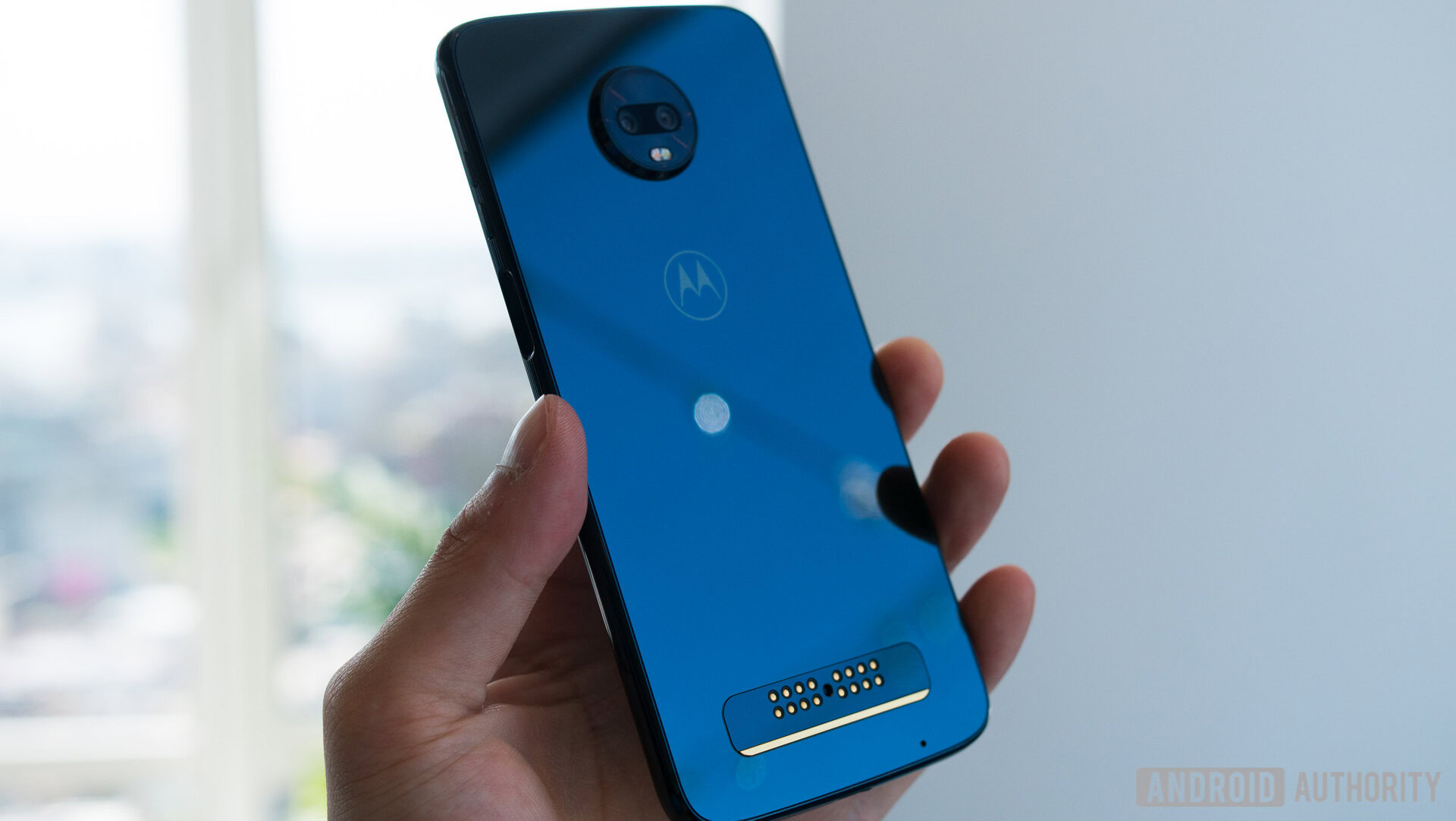
Higher-end Lenovo and Motorola innovations are too niche for mainstream success.
Lenovo’s failure to make good use of its Motorola brand has no doubt infuriated fans and company executives alike too. The company picked up not only a household name in the mobile business, but a very experienced R&D department and distribution network too. However, many of its major product launches have fallen flat, with niche ideas like Moto Mods taking precedence over premium features and high-end designs.
Motorola also recently felt the pinch of a major layoff at its Chicago offices, the alleged cancellation of one of its upcoming smartphones, and the loss of Aymar de Lencquesaing as Chairman and President of Motorola after he stepped down earlier in the year.
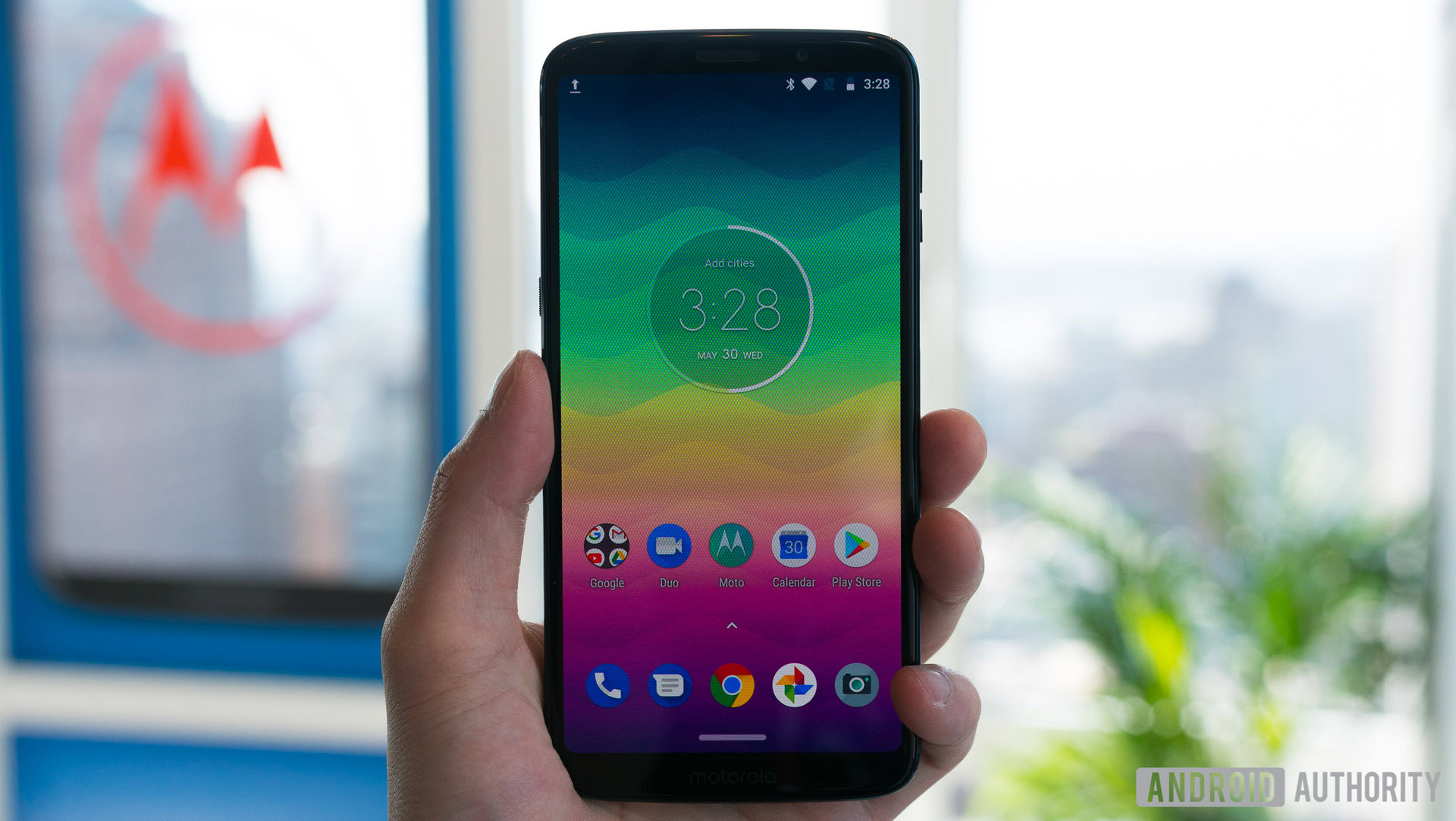
It’s not all been bad. The company undoubtedly saw its biggest successes in the budget handset market. The Moto G and E series have been particularly popular thanks to their low price points and functional software, but the X and Z ranges have failed to gain anywhere near the same traction.
As such, Motorola’s presence has been pushed off the store shelf and into online retail. It seems the company is increasingly focused on emerging markets too, which further sidelines its existing mid-tier Western customers.
Despite plenty of available R&D resources, both Lenovo and Motorola look lost.
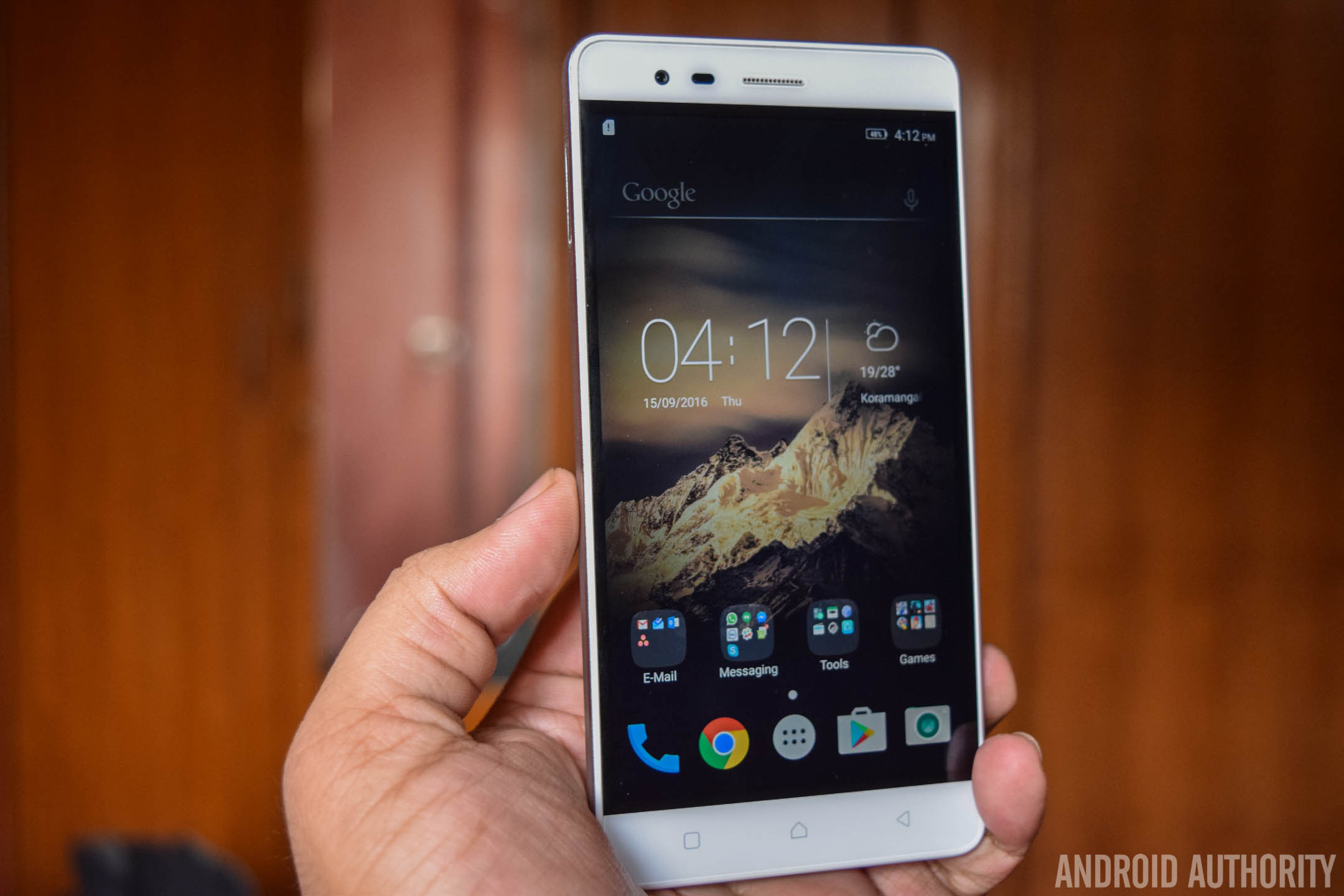
Keeping up with the competition
Lenovo hardware’s looks and specifications have stayed mostly the same over the past few years. Thin bezels and better build materials are in now. The company has also constantly been found lacking in the photography sphere, which is a major selling point in Asia and pretty much around the globe.
In China, HUAWEI is quickly taking over the flagship end of the market, with OPPO targeting the super-mid tier, and vivo catering to the aspirational and most cost-conscious consumers. Lenovo is stuck without a clear demographic, chasing consumers somewhere in the budget-conscious section but most of its products don’t stand out enough to grab attention.
The Moto brand isn’t faring much better. Even though Motorola’s low-cost handsets still pack an incredible bang for the buck, their designs and thick bezels look cheaper with every new release. There are many more competitors vying for space in this market now. Many boast high-quality build materials and equally competitive specifications, despite similar prices. You only have to look at Xiaomi’s Redmi series or Huawei’s HONOR brand to see how excellent design and hardware can still be accomplished on a budget.
Moto has many fans, but Redmi and HONOR are quickly taking over.
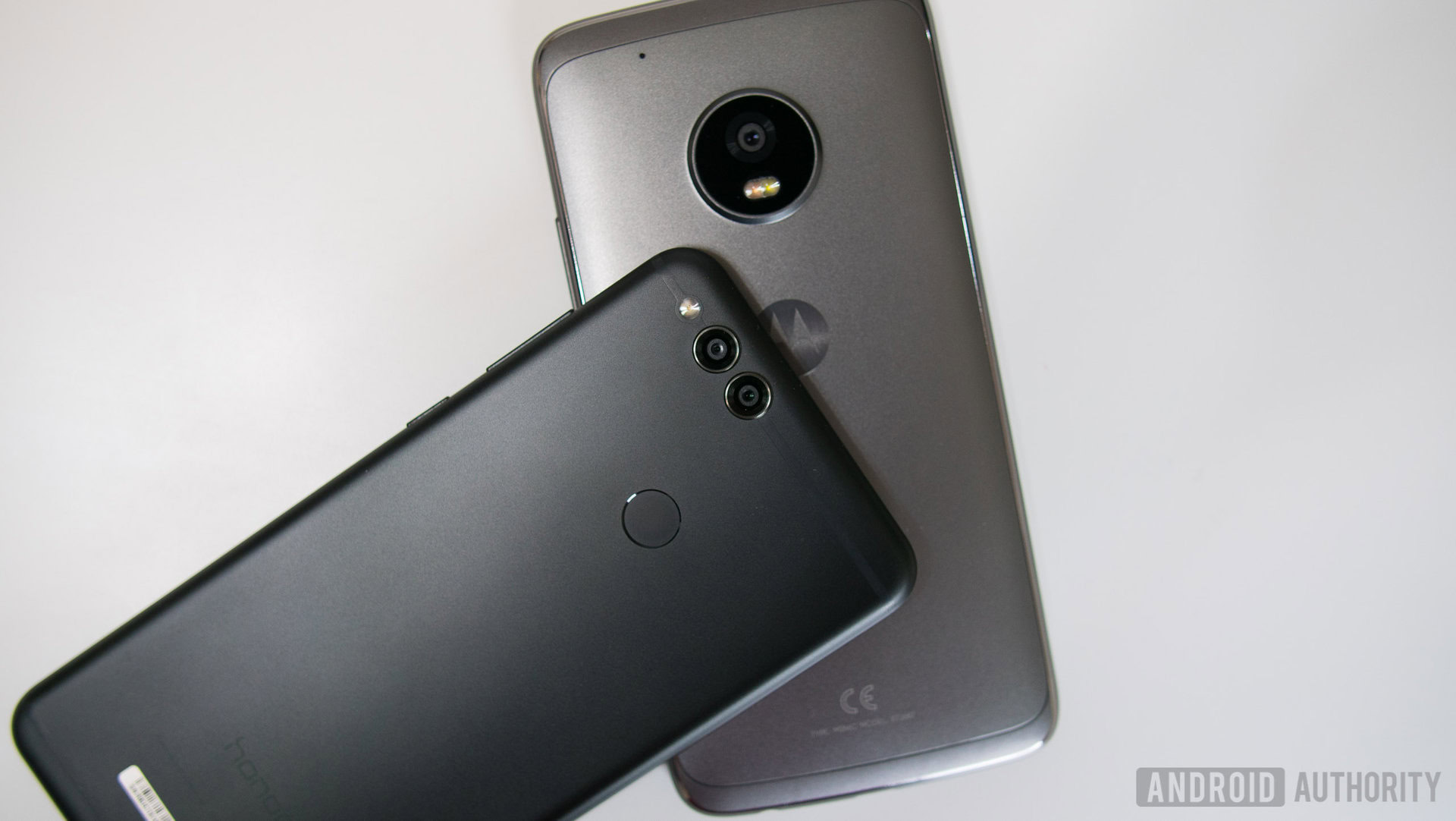

The company’s latest attempt — the Lenovo Z5 — is a clear sign the brand is out of ideas. The notch, camera placement, and color scheme aren’t just hat tips to this year’s industry favorites, they represent a shameless attempt to piggyback on the competition.
Worse still was the dubious marketing put out before the unveiling, which touted flagship hardware that turned out to be anything but, insane chatter about potentially 4TB of storage space, and those bezel-less renders. There are certainly questions to be answered as to whether the hype was deliberately misleading to cultivate interest.
The Lenovo Z5 has been talked up to no end. It’s clearly a budget option, priced at just 1,299 yuan (~$200). It might end up being reasonable value for money, but the handset isn’t going to put Lenovo back on the map on its own.
Did the company cannibalize itself?
When Lenovo purchased Motorola in 2014, many wondered what it would mean for the two brands. Would one become the premium range and the other more cost effective? Would we see Moto phones in China and Lenovo in the U.S.? None of the speculations really came true. Motorola’s portfolio continues to encompass low cost through to high-end products. On the other hand, Lenovo’s offering falls somewhere between budget and mid-range.
This isn’t a problem in the far East or West, where the brands rarely cross paths. However as Lenovo has moved into emerging markets, the two brands often sit side by side at similar price points, eating into the other’s potential market share. In India, both Moto G and E handsets go up against the Lenovo K and Vibe ranges in the sub-15000 rupee price bracket.
Compare this situation to its competitors. HUAWEI and HONOR are clearly separate, with two very different price points and target markets. BBK’s OnePlus, OPPO, and vivo each bear the flag depending on the country, although the latter two perhaps see a little crossover from time to time. Lenovo is wasting resources catering to the same consumers twice, even four years after the acquisition.
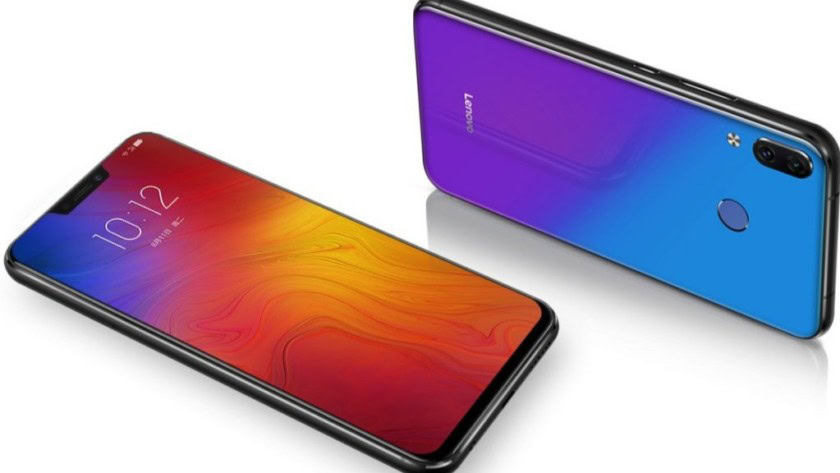
Rebirth? It’s tough to come back from the dead
Tuesday’s launch of the Lenovo Z5 reportedly marked the rebirth of the smartphone brand, with a renewed focus on appealing to its home market in China. It’s the right sort of language, but few brands have managed to claw their way back from the wilderness despite making similar noises, especially in a saturated market. HTC, Sony, and to a lesser extent LG have all tried and failed.
It is a very challenging market and we are not even sure whether we can survive or not… But we are determined to reshuffle Lenovo’s smartphones into a national brand, to provide most affordable and good to use to the consumersChang Cheng, Head of Lenovo Smartphones in China
It can be done. Xiaomi managed to bounce back, but its core business model is still relevant. It simply expanded too quickly, leaving resources spread too thin. Lenovo has set its sights on the affordable end of the market in China, but that’s where it’s already failing to make a dent. It needs to elevate its product lineup, and fast.
Could Lenovo succeed as a low-cost smartphone brand? Possibly, but it’s a hard road given the slim profit margins and well-established market leaders. Rebuilding a reputation in the flagship market would be even more difficult. It’s a shame the company neglected to build on Motorola’s brand presence — it would definitely have helped.